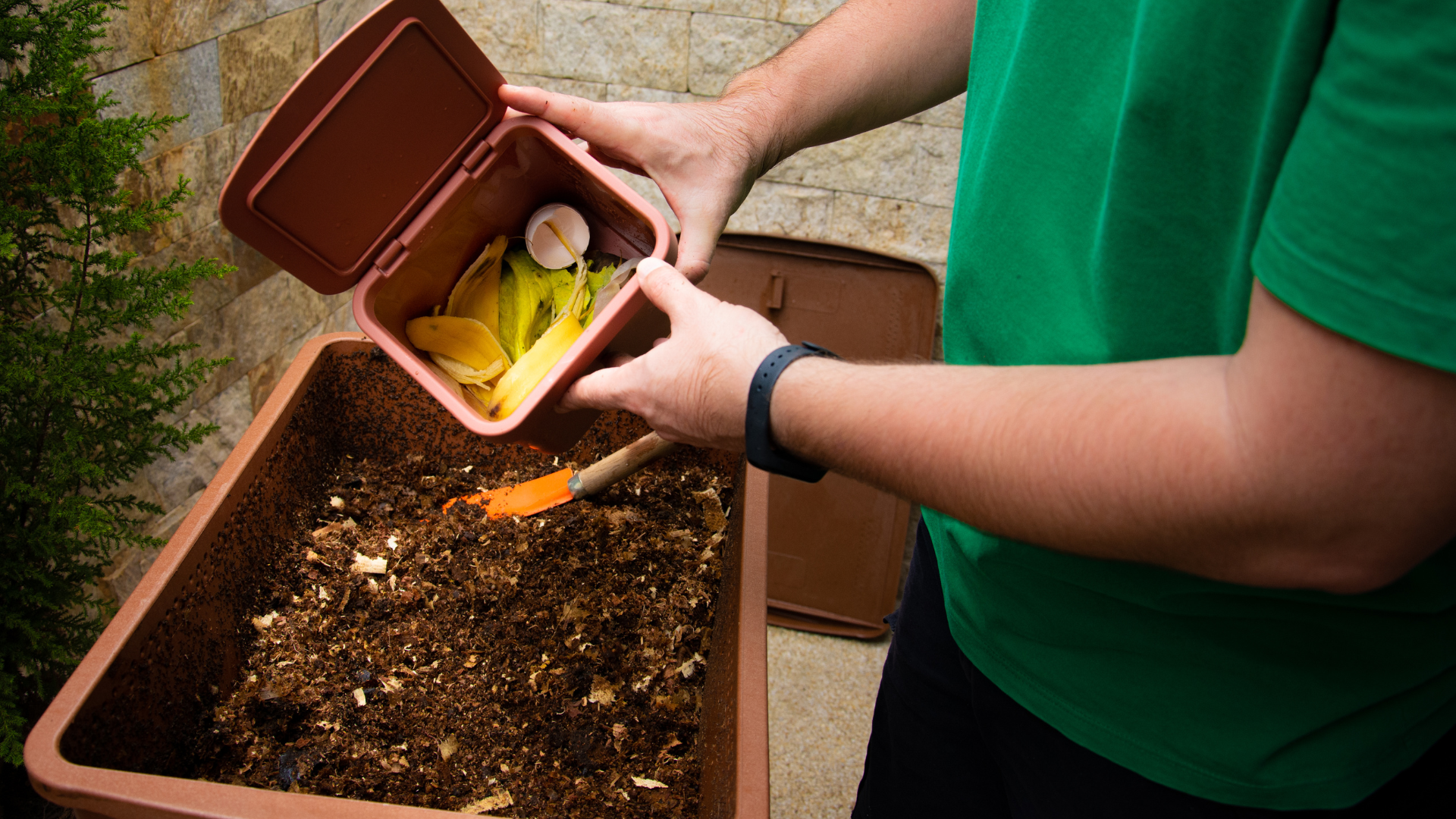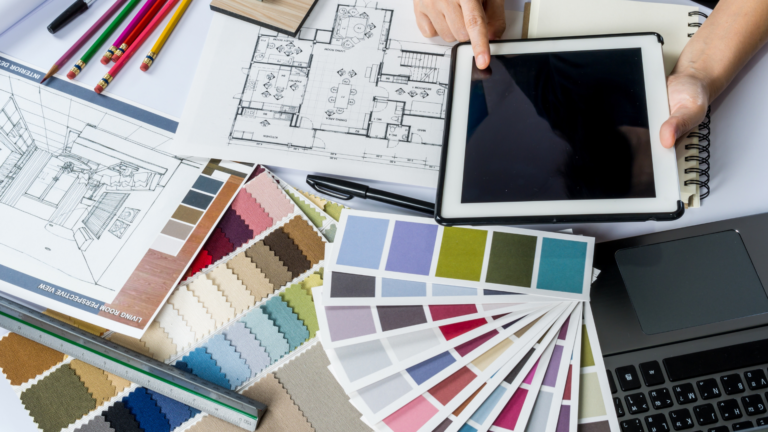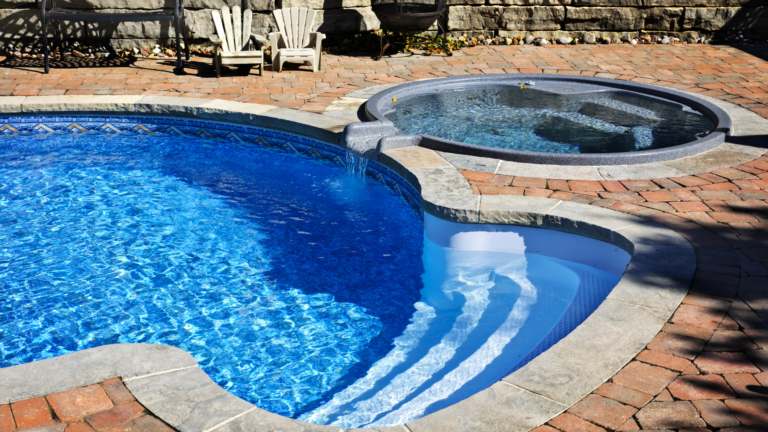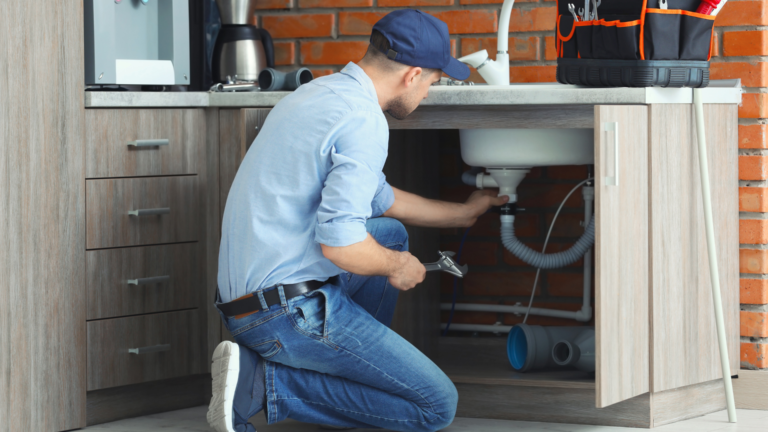If you’re looking to have a healthier yard, your compost pile is a great start. This building blocks important nutrients back into the soil. But, maybe your compost pile isn’t working. Perhaps you’ve lost compost scraps and aren’t eliminating your soil. Going DIY on home compost may be the solution.
Here’s how to get started.
What is Home Composting?
Assuming you’re starting with a blank slate, there are a few key things you’ll need before you start composting:
- You’ll need something to compost in. This can be anything from a commercial bin to an old plastic garbage can with some holes drilled in the bottom for drainage. If you’re using a garbage can make sure it’s one that you don’t mind getting dirty – your compost will likely stink if it’s not aerated properly.
- You’ll need something to fill your bin with. The best thing to use is a mix of green and brown materials. Green materials are things like fruits and vegetables, coffee grounds, and grass clippings. Brown materials are things like dead leaves, twigs, and newspaper. You should aim for a ratio of about 3:1 brown to green material by volume.
- Once you’ve got your bin and your material, it’s time to start composting! The first step is to layer your material in the bin. Start with a layer of brown material, then add a layer of green material on top of that. Alternate layers until you’ve filled the bin. Once you’ve done that, give the bin a good stir so everything is mixed up well, then put the lid on tight.
- Now all you have to do is wait! Check on your compost every few days or so to make sure everything is still mixed up well and moist (but not too wet). After a while, you should start to see your compost breaking down and becoming dark, rich soil. This is the finished product that can be used in gardens and around plants to help them grow!
The Benefits of Home Composting
There are many benefits to composting at home, including reducing the amount of waste sent to landfills, saving money on disposing of organic waste, and providing nutrient-rich compost for your garden. When organic materials like food scraps and yard waste decompose in a landfill, they release methane gas, which is a powerful greenhouse gas. By composting these materials at home, you can keep them out of the landfill and help reduce methane emissions.
Organic waste disposal can be costly, especially if you have to pay for a weekly pick-up service. Composting at home can save you money by eliminating the need for this service. In addition to reducing methane emissions and saving money, home composting also provides nutrient-rich compost for your garden. This compost can improve the health of your plants and help them grow stronger and more resilient.
The Different Types of Home Composting Systems
Batch composting is the process of adding organic waste to a designated area in your yard or garden and waiting until the materials have decomposed before using the finished compost. This method is low-maintenance and can be done in a small space.
Continuous composting is ongoing, meaning that you are constantly adding new organic waste to one side of the system while removing finished compost from the other side. This method requires more effort and space than batch composting, but it produces finished compost more quickly.
Vermicomposting (or worm composting) is a type of continuous composting that uses worms to break down organic waste. Worms consume food scraps and other organic matter, and their castings (or poop) become rich fertilizers for plants. Vermicomposting can be done indoors or outdoors, making it a great option for those with limited space.
What Can and Can’t Be Composted
Composting is an effective way to recycle organic matter, turning fruit and vegetable scraps, coffee grounds, eggshells, and yard waste into nutrient-rich soil. It’s an environmentally friendly process that encourages the breakdown of materials that were once alive, including twigs, small branches, straw, manure, and even hair. However, it’s important to recognize what cannot be composted to avoid contaminating your compost pile. Items like meat, bones, dairy products, fats, oils, pet waste, diseased plants, and anything treated with chemicals, plastic or pesticides do not belong in the compost bin.
These kinds of waste items should be disposed of properly. For these non-compostable materials, especially those that are large or hazardous, considering a dumpster rental can be a practical solution. Reputable dumpster rental companies, such as Waste Removal USA (https://wasteremovalusa.com/), can provide the necessary resources to dispose of non-compostable waste safely and efficiently. Utilizing such services ensures that waste is handled responsibly, reducing environmental impact and keeping non-compostable materials out of landfills where they cannot decompose.
How to Start Home Composting
Assuming you have a backyard, starting a compost pile is easy and doesn’t require any fancy equipment. Here’s how:
- The first step is to find a spot in your yard that’s out of the way but still accessible.
- Once you’ve found a spot, choose an area that’s about 3 feet wide and 3 feet deep.
- If you have trouble finding organic matter to add to your compost pile, look for leaves, grass clippings, fruit and vegetable scraps, coffee grounds, and eggshells.
- You can also add paper products like newspaper and cardboard as long as they’re not glossy or coloured.
Composting is a great way to reduce food and yard waste while also creating valuable nutrients for your garden. By understanding the process of composting, you can create rich, organic soil quickly and easily from materials you have around the house. With this guide as well as additional research, you should now be able to successfully start a home compost pile in no time and enjoy all the benefits that come with it!






